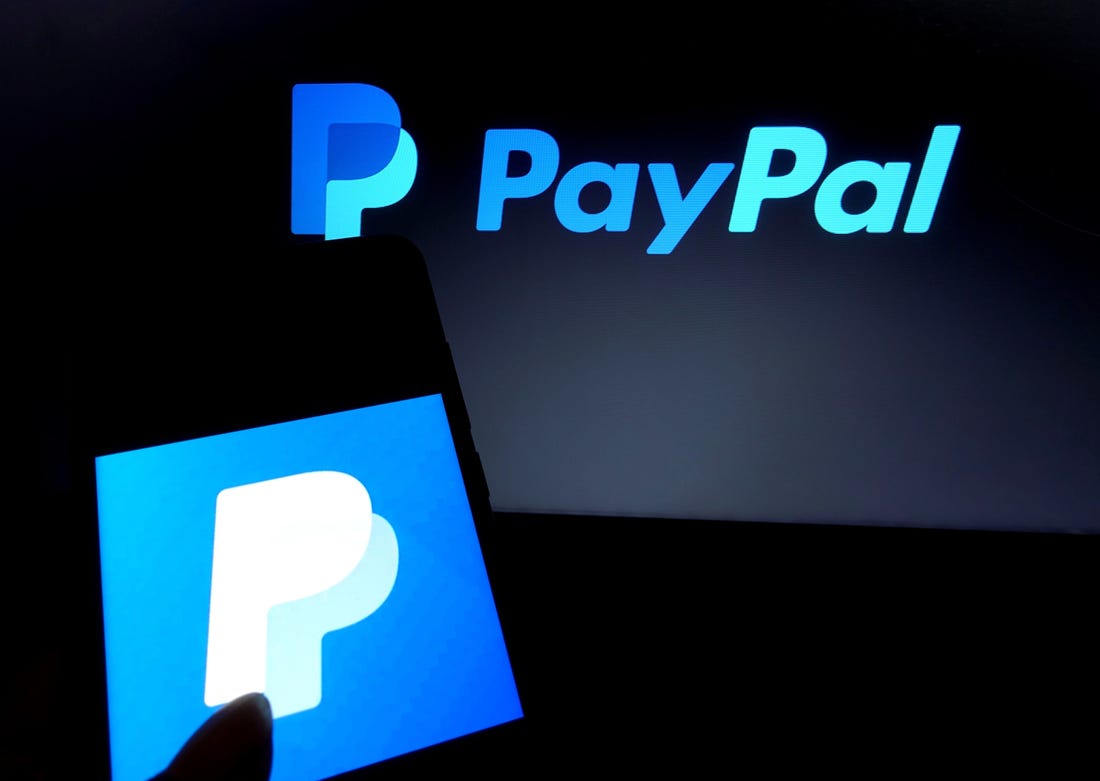PayPal Expands PYUSD to Arbitrum in Latest Blockchain Push
16.07.2025 18:30 2 min. read Kosta Gushterov
PayPal has expanded its stablecoin, PayPal USD (PYUSD), to the Arbitrum network, marking a key step in its strategy to integrate with faster, more cost-efficient blockchain infrastructure.
The update was quietly revealed in PayPal’s revised terms of service on July 16, 2025, which now list Arbitrum alongside Ethereum and Solana as supported networks for PYUSD.
The inclusion of Arbitrum—a leading Layer 2 solution known for low fees and high throughput—brings PYUSD to a broader user base. According to the new policy language, Paxos will continue issuing PYUSD on all three networks. Additional updates clarify trading limits specific to Arbitrum, suggesting a tailored approach to network-specific liquidity and transaction dynamics.
PayPal USD was first launched on the Ethereum blockchain in August 2023. Designed to combine the stability of the U.S. dollar with the flexibility of digital payments, PYUSD is fully backed by U.S. dollar deposits and short-term treasuries. CEO Dan Schulman called it a tool to help bridge the traditional financial system and the blockchain economy.
READ MORE:

How Can You Tell When it’s Altcoin Season?
The stablecoin’s expansion to Solana in May 2024 followed Paxos’ announcement of plans to bring its tokenization platform to Arbitrum later that year. That roadmap has now materialized with full PYUSD support on Arbitrum, enabling users to benefit from near-instant settlements at lower cost.
The move positions PayPal as a significant player in the multichain stablecoin space, as it continues to build infrastructure for global digital commerce.
-
1
SoFi Returns to Crypto with Trading, Staking, and Blockchain Transfers
27.06.2025 8:00 1 min. read -
2
GENIUS Act Could Reshape Legal Battle over TerraUSD and LUNA Tokens
30.06.2025 9:00 1 min. read -
3
Whales Buy the Dip as Retail Panics: This Week in Crypto
29.06.2025 14:00 3 min. read -
4
History Shows War Panic Selling Hurts Crypto Traders
28.06.2025 18:30 3 min. read -
5
Ripple Faces Legal Setback as Court Rejects Bid to Ease Penalties
26.06.2025 16:54 1 min. read
Citigroup Explores Launching Stablecoin as Banks Embrace Crypto Shift
Citigroup is evaluating the potential launch of its own U.S. dollar-backed stablecoin, signaling a growing shift in sentiment among traditional financial institutions toward digital assets.
JPMorgan CEO Jamie Dimon Comments Stablecoins
JPMorgan Chase CEO Jamie Dimon remains skeptical of stablecoins—but says ignoring them isn’t an option for the world’s most powerful bank.
Crypto Cycles are Evolving: Analyst Explains Why Old Patterns no Longer Work
According to crypto analyst Atlas, the traditional four-year cycle that once defined Bitcoin and altcoin market behavior is now obsolete.
Kraken Launches U.S. Crypto Derivatives Platform, Eyes Broader Market Expansion
Kraken has officially launched its U.S.-regulated crypto derivatives platform, marking a major step toward merging traditional finance tools with digital asset markets.
-
1
SoFi Returns to Crypto with Trading, Staking, and Blockchain Transfers
27.06.2025 8:00 1 min. read -
2
GENIUS Act Could Reshape Legal Battle over TerraUSD and LUNA Tokens
30.06.2025 9:00 1 min. read -
3
Whales Buy the Dip as Retail Panics: This Week in Crypto
29.06.2025 14:00 3 min. read -
4
History Shows War Panic Selling Hurts Crypto Traders
28.06.2025 18:30 3 min. read -
5
Ripple Faces Legal Setback as Court Rejects Bid to Ease Penalties
26.06.2025 16:54 1 min. read

